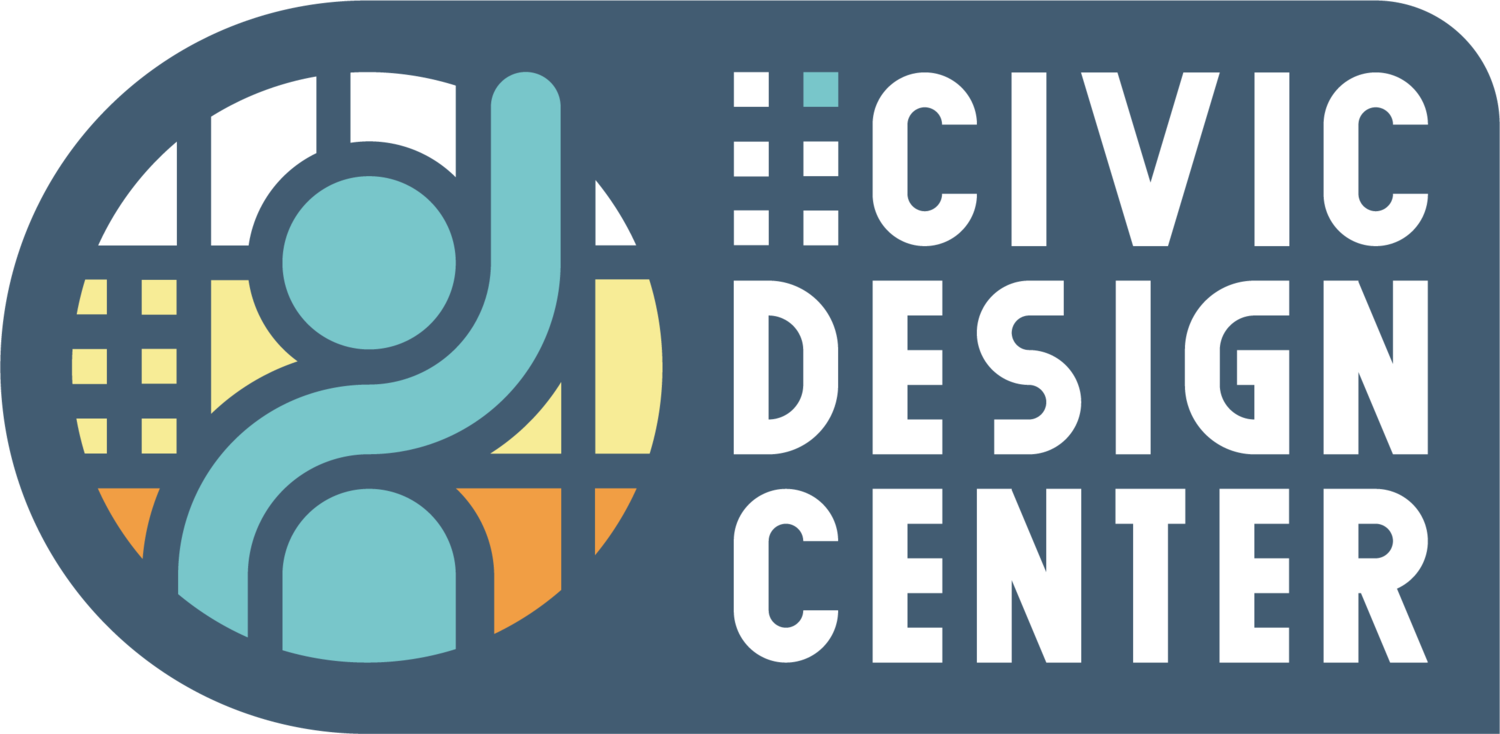Responding to The Recent Tragedy in New Orleans
30 minute listen | The Civic Design Center's podcast hosts, Veronica Foster, Communications + Advocacy Manager, and Eric Hoke, Design Director, discuss urban design solutions in response to a recent tragedy in New Orleans on New Year's Day 2025. Drawing parallels to Nashville’s Lower Broadway, they emphasize the importance of maintaining safe public gathering spaces amidst increasing incidents of vehicle-related violence.
Listen now:
The Civic Design Center’s podcast explores urban design solutions in response to a tragic vehicle-ramming attack on Bourbon Street, New Orleans, on New Year’s Day 2025. This tragedy, which claimed 15 lives and injured dozens, underscores the urgent need to ensure the safety of public spaces without compromising their accessibility or cultural significance. Drawing parallels to Nashville’s Lower Broadway, the discussion emphasizes the importance of proactive design strategies to address the rising threat of vehicular violence and foster safer, more inclusive public spaces.
Open spaces are vital to community identity and human connection, but rising incidents of vehicle-related violence threaten their safety. Historical trends reveal a troubling increase in such attacks, growing from fewer than ten incidents pre-1980 to over 75 projected by the end of the 2020s. The podcast calls for a reimagining of urban design to confront this challenge, citing Vision Zero as a model for eliminating traffic fatalities through comprehensive design improvements.
Design Solutions and Global Examples
The hosts discuss potential solutions for spaces like Lower Broadway, advocating for measures that balance safety, accessibility, and economic vitality. These include:
Ideas and data from Gehl study (2016)
Permanent pedestrianization to enhance safety and vibrancy, building on past studies like the Civic Design Center's collaboration with Gehl.
Global precedents from cities like Copenhagen and Barcelona, where pedestrian-only zones and "superblocks" have increased safety and boosted local economies.
Congestion pricing is a system of surcharging users of public roads that are subject to congestion through excess demand, such as through higher peak charges for the use of bus services, electricity, metros, railways, telephones, and road pricing to reduce traffic congestion;
Flexible infrastructure such as retractable bollards, concrete planters, and congestion pricing to manage vehicular access while maintaining event flexibility.
Traffic-calming measures to reduce speeds and prioritize pedestrian safety, addressing the risks posed by poorly designed streets that favor efficiency over safety.
The podcast emphasizes the need for comprehensive, incremental strategies to mitigate risks while preserving the vibrancy of public spaces like Lower Broadway. Lessons from New Orleans highlight the importance of proactive design to limit tools of harm and protect high-traffic areas central to cultural and economic life. The hosts aim to inspire critical thinking and action, urging listeners to envision resilient and inclusive urban environments.
By weaving local insights with global examples, the discussion underscores the transformative potential of thoughtful urban design in addressing contemporary safety challenges while fostering connection and vitality in public spaces.
Update
Published: Feb. 11, 2025 at 11:02 AM CST
Plans for permanent safety barriers laid out for downtown Nashville
NDOT hopes to have the barriers in place on Broadway by Summer of 2026.
NDOT plans to buy retractable bollards, designed to stop 60,000 lbs., to install on Broadway.(Nashville Department of Transportation)
NASHVILLE, Tenn. (WSMV) - Final plans are underway to have permanent barriers in place on Broadway in downtown Nashville by the 2026 tourist season.





